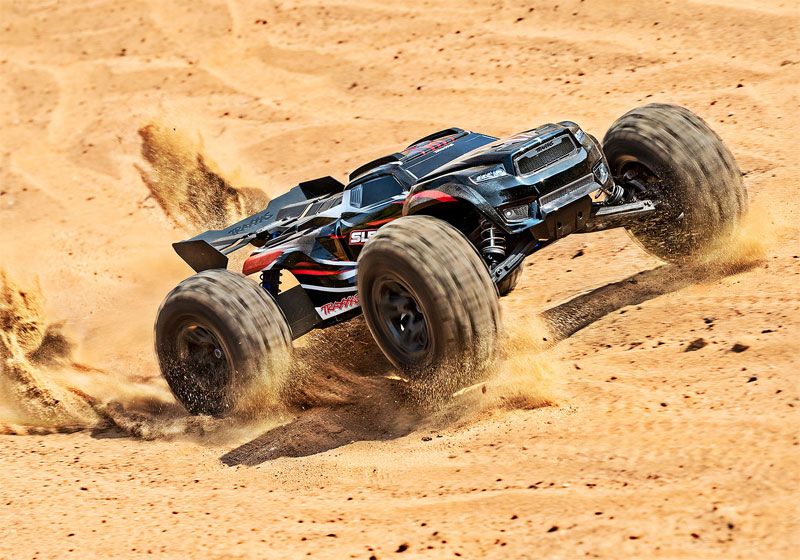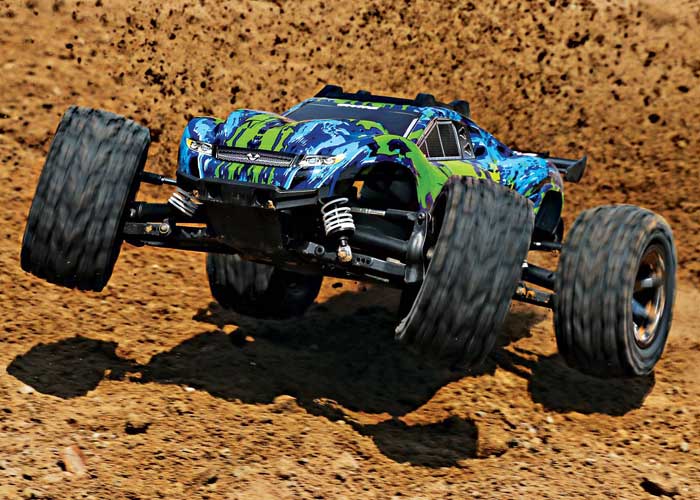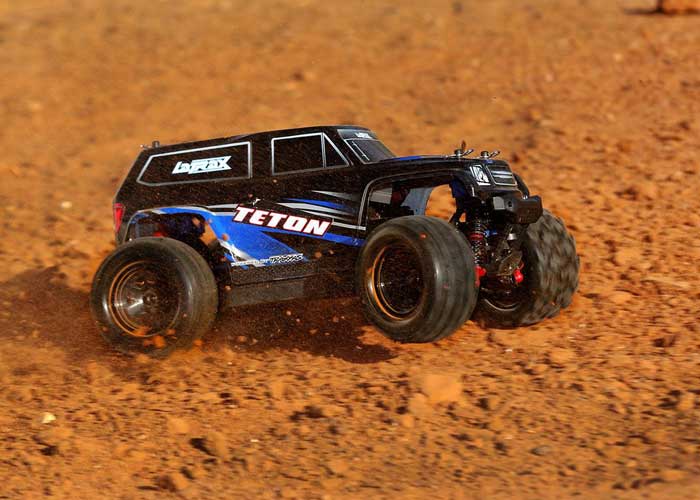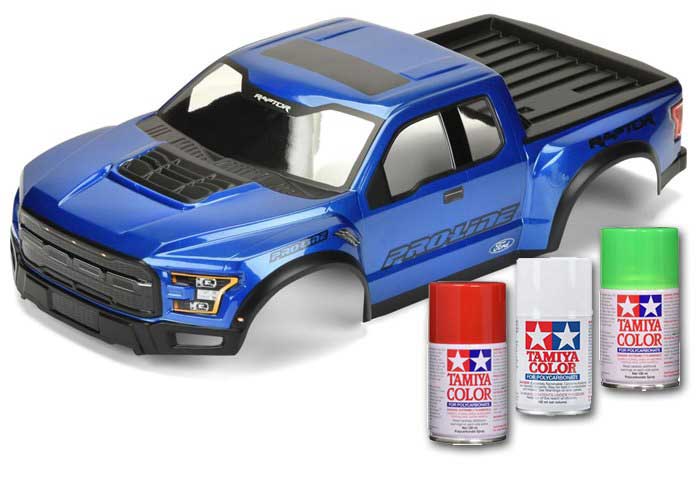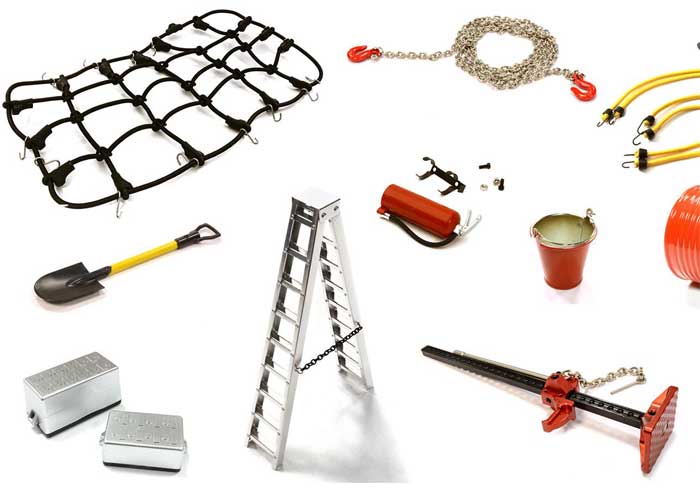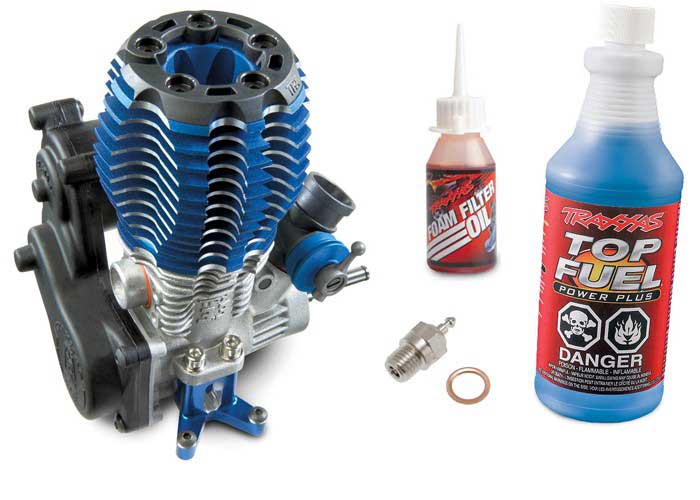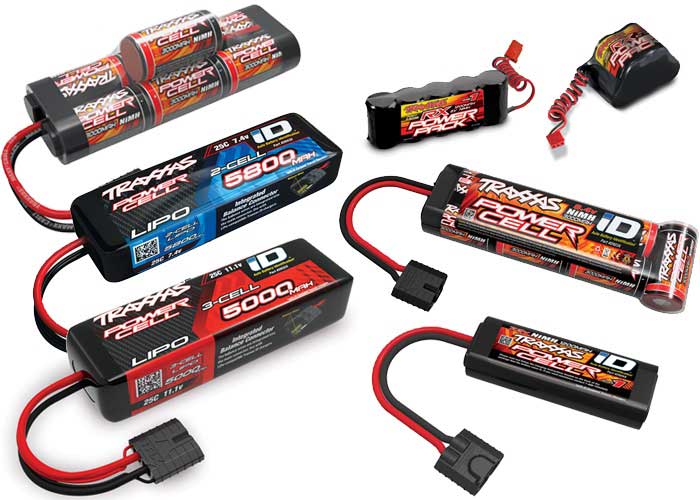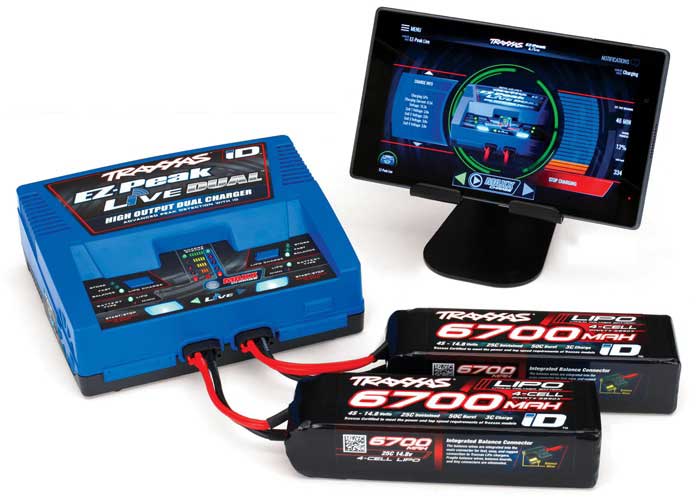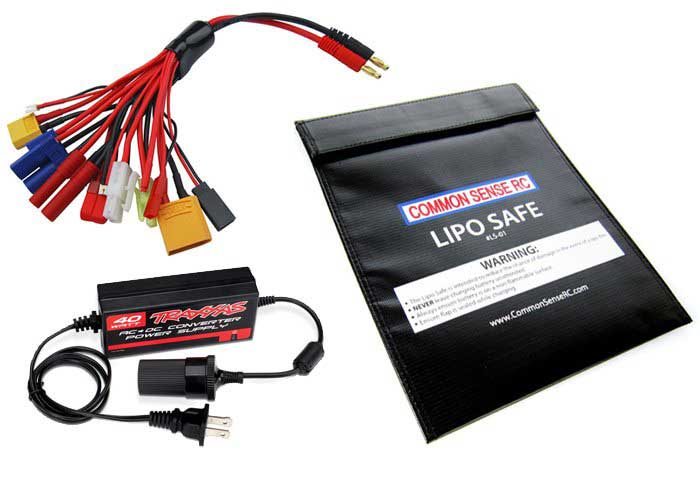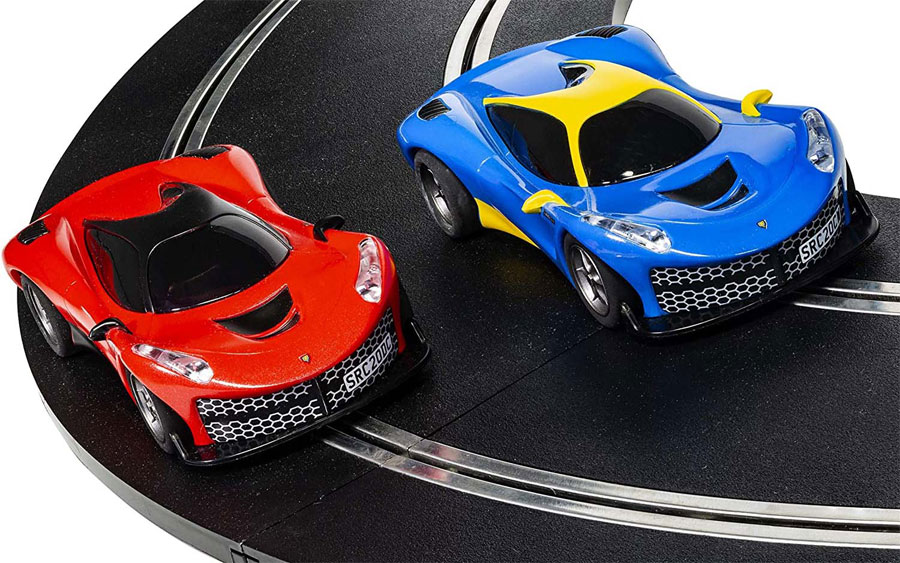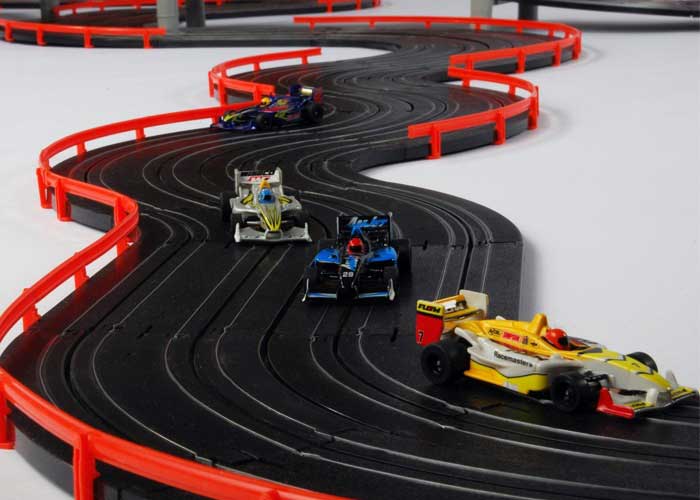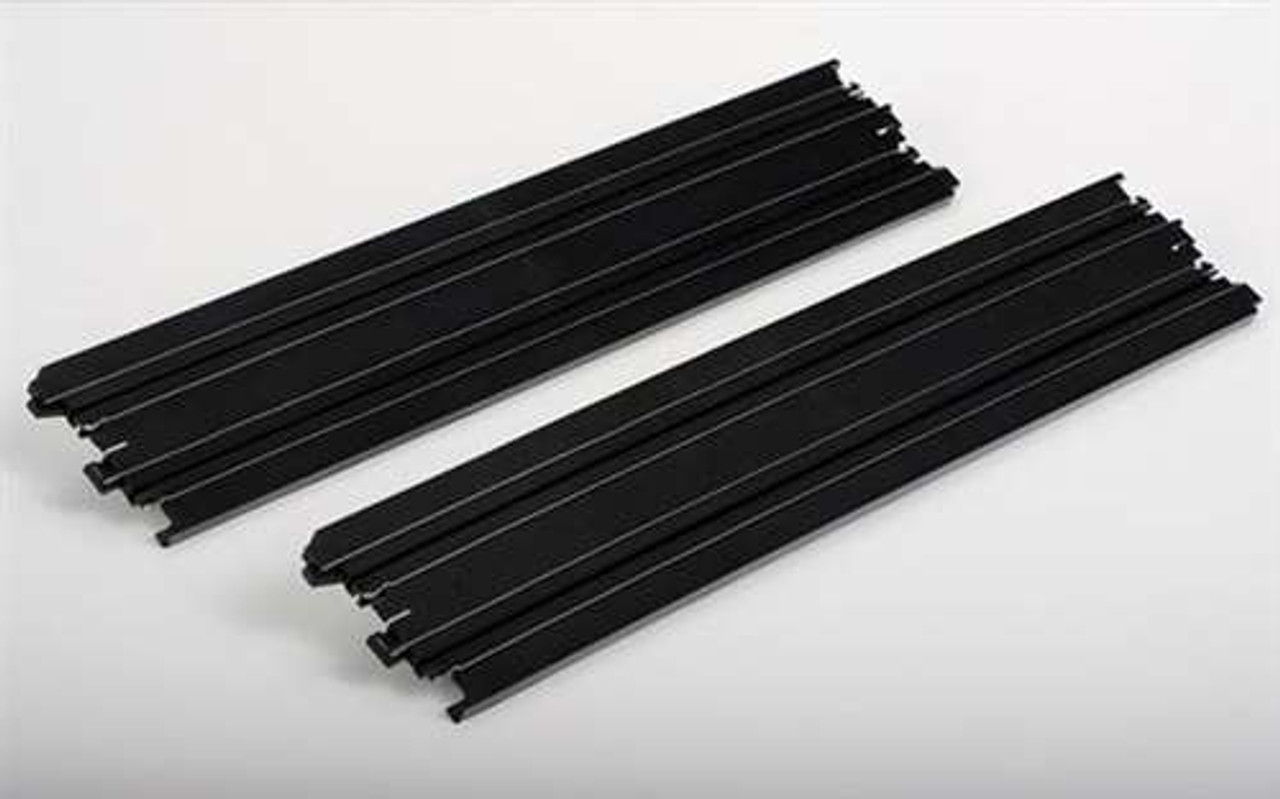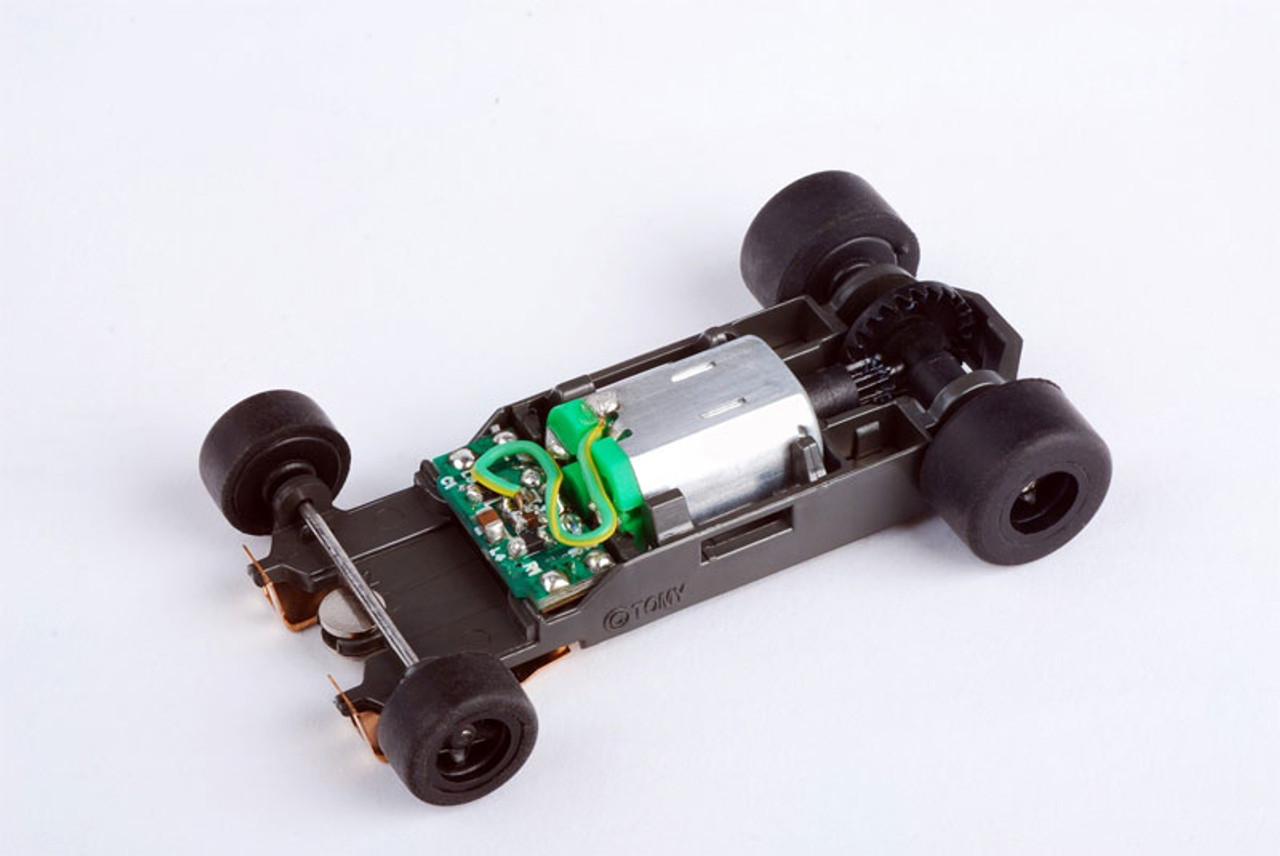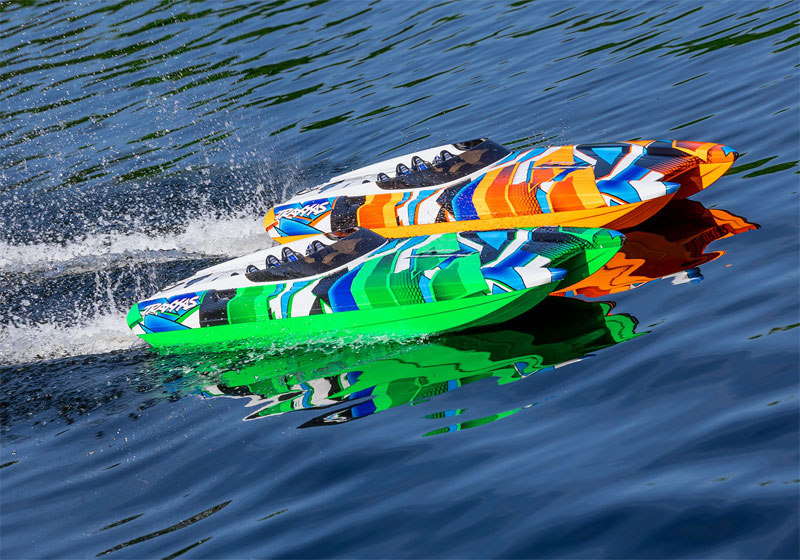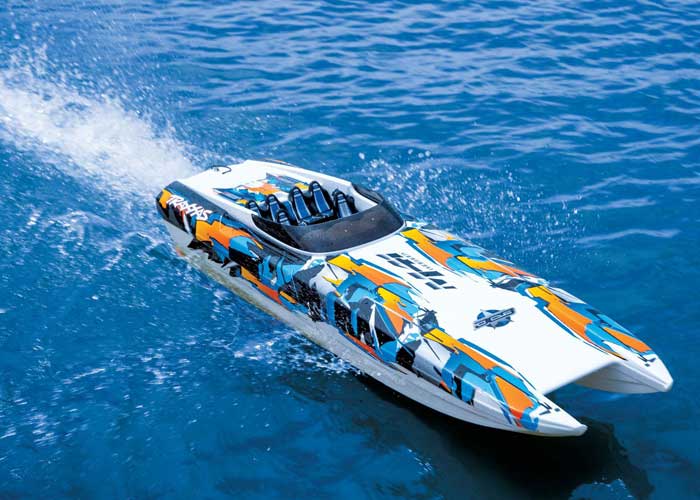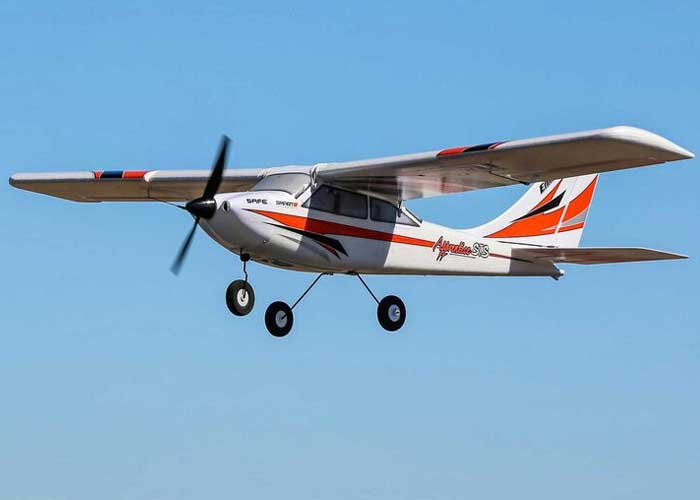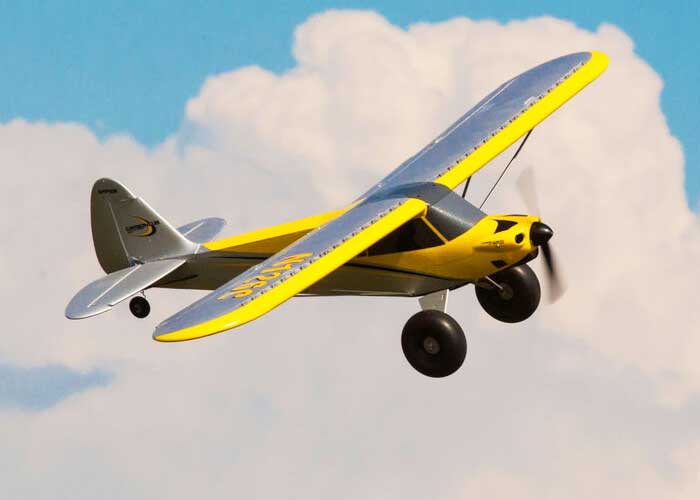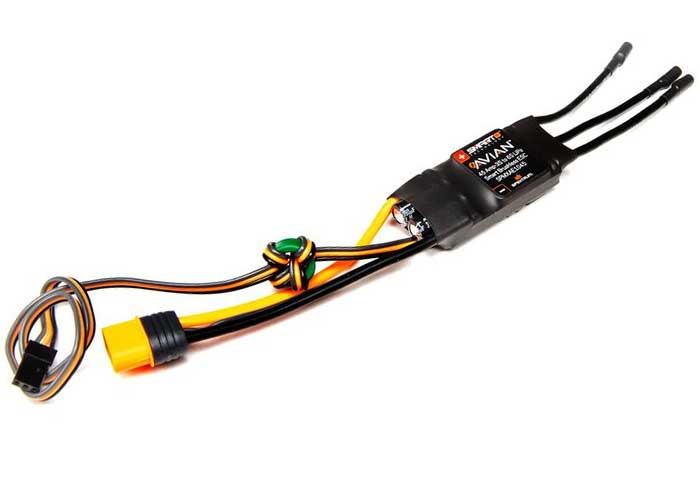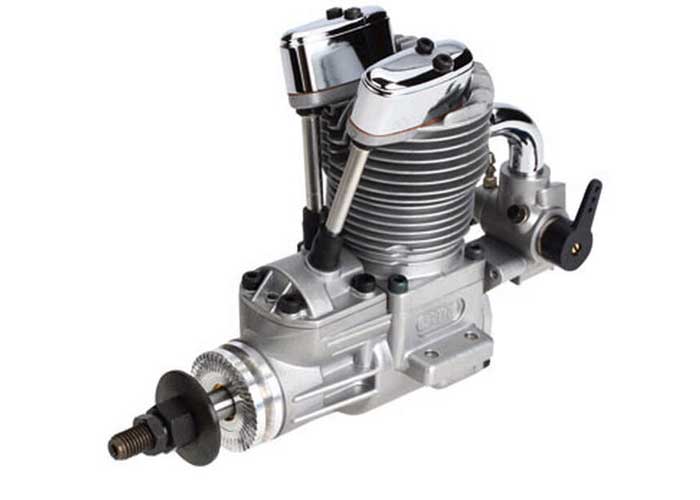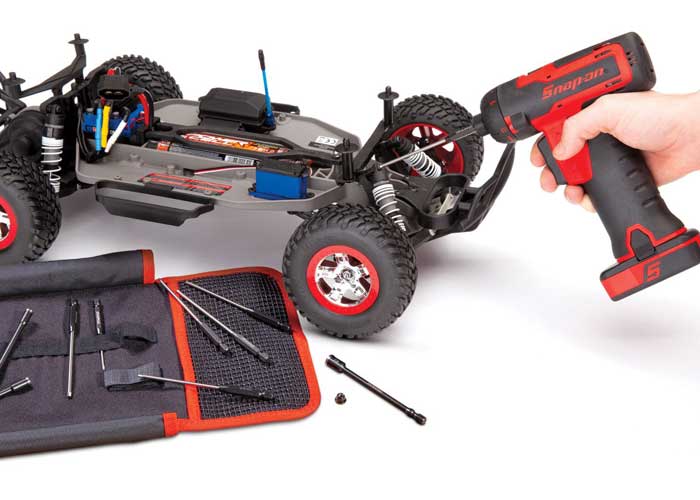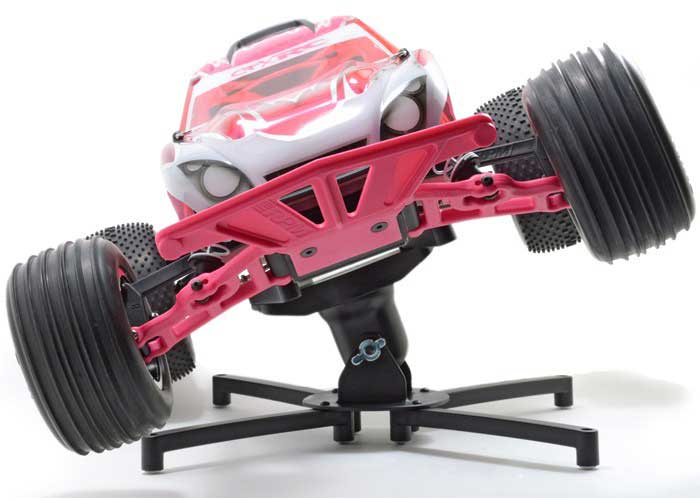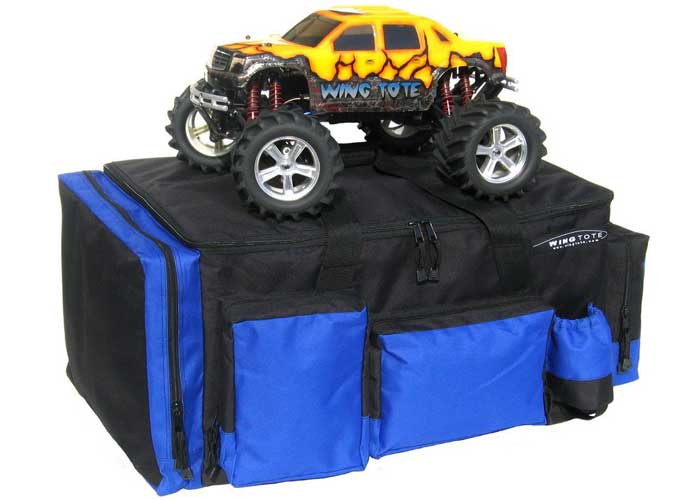How to Fly an RC Jet Plane
29th Sep 2020
Flying RC jets are a lot like flying any other remote control airplane, but you have to be prepared for much higher speeds than you’d normally be used to. A jet relies on ducted air to propel it forward, which is going to generate a great deal more thrust than a traditional propeller might.
As a result, you’re going to want to be something of an experienced pilot before you work your way up to jets. Just like with real aircraft, you want to pick a starting point and move upward over time.
Once you have a good command of the basics of flying, you can apply these same skills to the world of jet aircraft. In general, the E-Flite Habu STS is the only type of jet gear new pilots can fly without prior experience. It even includes an RC flight simulator!
Getting RC Jets Off the Ground
While your plane model might have a theoretical high speed, there’s a good chance that it’s going to need help getting it off the ground. If your plane has traditional landing gear, then the type of surface you’re flying from is very important. Concrete or tarmac is much easier to take off from than longer grass. Some pilots prefer to hand launch their planes regardless of the surface. Those who do will want to get a running start, which they will then use to get the plane airborne while pulling back on the stick and increasing the throttle.
Those who get their planes in the air this way will want to make sure to be gentle since a sudden breeze can send their planes careening elsewhere.
Keeping RC Jet Aircraft in the Sky
While it can be a challenge to do so at a high speed, you’ll want to be sure that you’re keeping the nose pointed upward slightly as you approach for landing. In order to make turns during a climb out after take-off, always apply aileron pressure smoothly in the direction you’re turning in. At the same time, you’ll want to apply additional throttle to keep from losing speed. Once you’ve got your aircraft airborne and have sufficient height you won’t have to keep the motor running at full bore. The amount of power you need is going to depend somewhat on the weight of your jet and the flying conditions that day.
Some fighter jet models will naturally have a higher takeoff weight than others, and this will influence how much power you decide to use while flying. Always keep your climbs gentle until you have a better grasp of how much energy is needed to keep your warbird soaring high.
Eventually, you’ll have turned enough to get the airplane on the straight and level back over you. Keep stick movements light at all times. Even experienced pilots don’t try to push their jets in a sudden or jerky way.
Those who still have some questions about model aircraft should contact the RC Superstore online. Our experienced team will help you find the right model for your particular flying style.

